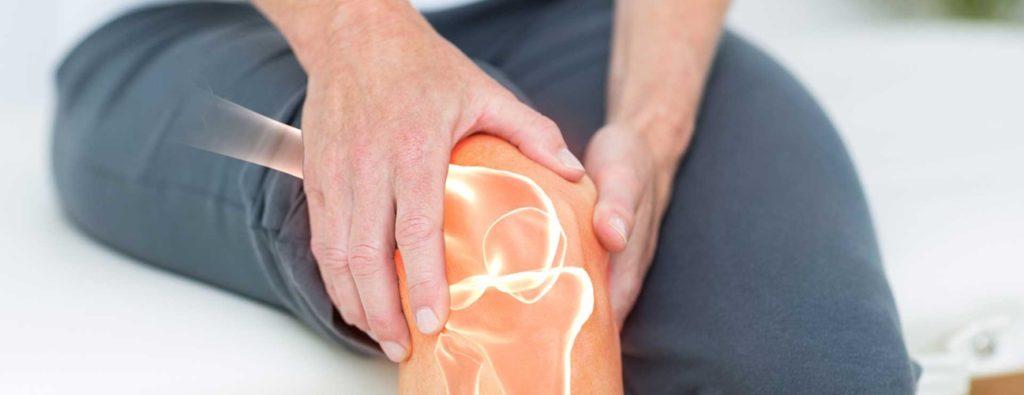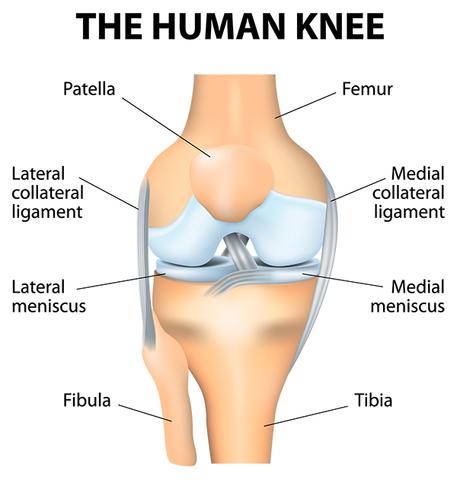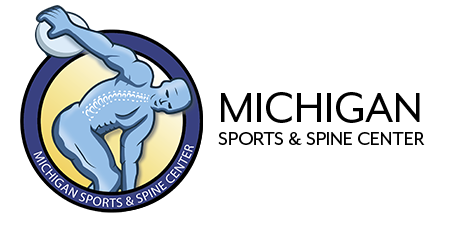Three Things to Know: Chronic Knee Pain

With spring upon us, it is time to get outside and get active! It is an excellent time of year to set some goals to increase your physical activity outside and stay healthy. No matter if your goal is to take your dog for more walks or get your beach bod ready for Memorial Day, don’t let your aching knees hold you back. Knee pain is one of the most common issues we see at Michigan Sports & Spine Center. The knee joint is vulnerable to injury in many of the most common outdoor activities. Still, it is also one of the most commonly affected areas of the body impacted by arthritis. Arthritic changes typically come on over months to years, but with increased activity levels, arthritic joints can “flare-up.”
Here are “Three Things to Know” for your knee pain.
1. Get Evaluated!
Don’t ignore your pain or hope it just goes away. It is crucial to have your knees evaluated by a physician specializing in musculoskeletal disorders and pain management. You will need to have a comprehensive evaluation, which includes obtaining an in-depth history of your symptoms, a detailed exam, and often times imaging of the knees (x-rays, ultrasounds, or MRI scans). Identifying the primary pain generator is essential for proper management and avoiding unnecessary treatments. Often, knee pain may not be from problems in the knee joint itself; instead, the muscles, ligaments, and other soft tissues surrounding the joint may be causing the pain. Additionally, pain from the low back, hips, or feet may be at the core of your problem.

2. Get Moving (the right way)!
We don’t want you to stop moving altogether or give up on your goals due to the pain, as this may be even more detrimental to your health. Conservative treatment options include activity modification, ice packs, heat pads, over-the-counter medications, and sports rubs/creams. An important component of conservative management includes physical therapy. Therapists play an essential role in identifying and correct muscle imbalances, improving joint mobility, and utilizing treatment modalities such as ultrasound, electrical stimulation (E-stim), and kinesiology taping, among others.

3. Get Treated!
For those whose symptoms fail to improve with conservative measures, multiple treatment options are available, ranging from injections to surgery. Thankfully most people can avoid surgical intervention or knee replacements. Steroid injections are a tried and true treatment for inflamed and arthritic knees. Hyaluronic Acid (or gel) injections can help replace typical healthy joint fluid. Platelet Rich Plasma and Stem Cell Injections can help stimulate the body’s natural healing process and help slow degenerative changes in the joints. If these injectable therapies fail due to severe arthritis in the knees (commonly referred to as “bone-on-bone”), you may benefit from nerve ablation procedures. Here we can disrupt the sensory nerves to prevent the painful signals coming from the knees.

For an extended discussion on treatment options, I recommend you watch my Facebook Live event from 3/17/21: ASK THE DOC on TREATMENT of KNEE PAIN
If your knees are giving you difficulties or you want to learn more about what you can do for your knees, give us a call today! (248)426-9944
